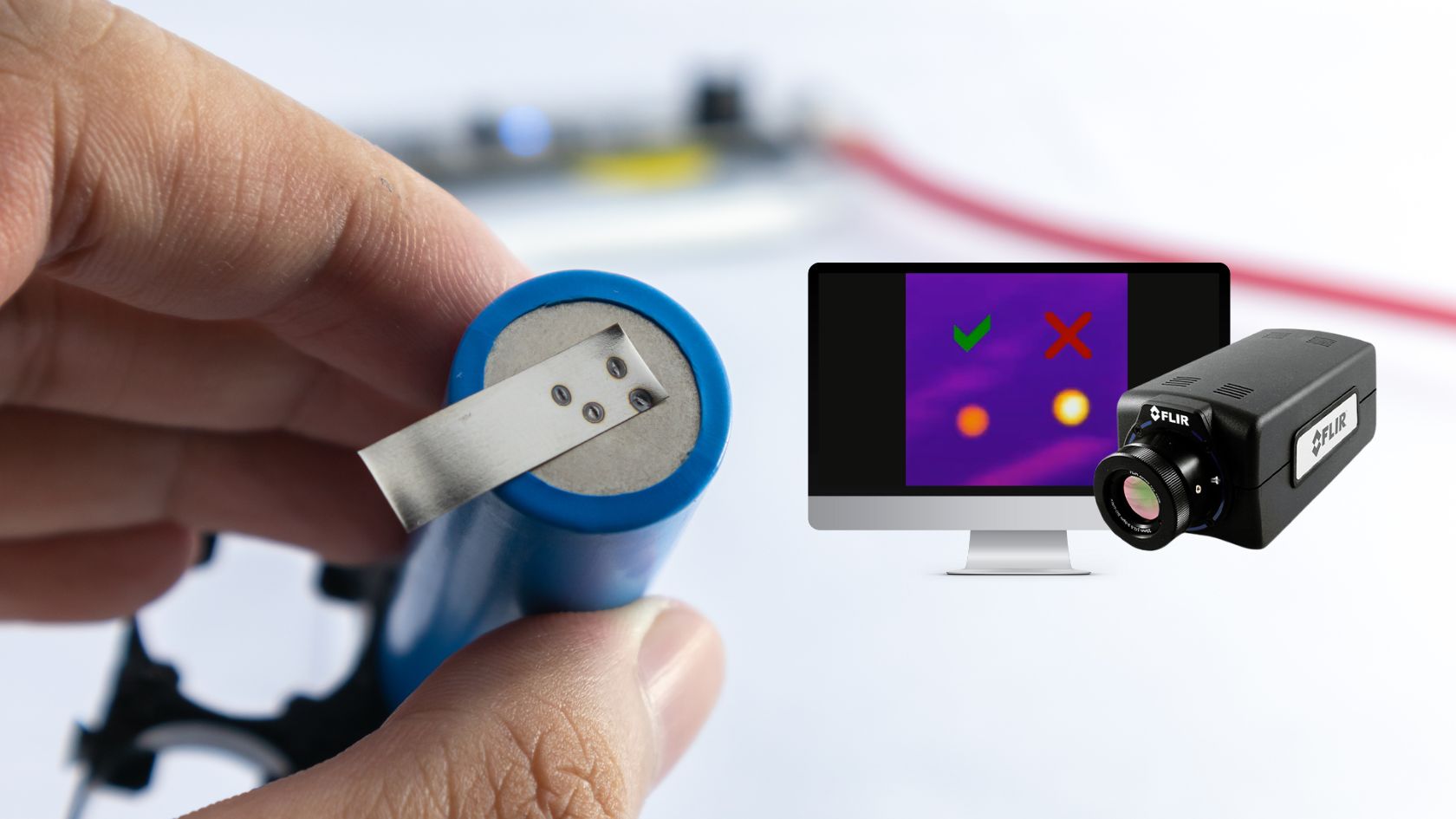Understanding the Importance of Welding Inspection Madison in Construction
Understanding the Importance of Welding Inspection Madison in Construction
Blog Article
The Significance of Thorough Welding Assessment in Industrial Applications
In the realm of commercial applications, the relevance of precise welding assessment can not be overemphasized. It plays an essential duty in making certain the structural integrity and long life of bonded parts. Advanced non-destructive screening methods enable the early discovery of prospective defects, such as splits and incomplete blend, which, if left uncontrolled, could result in tragic failures. Adherence to stringent industry standards not only assures quality but also develops client self-confidence. As we discover the complex advantages of persistent welding examinations, one have to take into consideration the wider effects on safety, integrity, and cost-effectiveness in industrial procedures.
Enhancing Structural Stability
When it comes to welding inspection in commercial applications, improving structural stability is critical. The primary objective of welding examination is to make sure that the welds are qualified of bearing the expected loads and stresses they will certainly encounter in service.
The importance of maintaining architectural stability in welded structures can not be overstated. Improperly performed welds can bring about tragic failings, resulting in costly repair work, downtime, and even endangerment of human lives. Assessors play a crucial function in the lifecycle of industrial elements, supplying guarantee that the welding procedure delivers the preferred stamina and sturdiness.
In addition, advanced modern technologies, such as phased selection ultrasonic screening and digital radiography, offer improved capacities in discovering prospective weak points, permitting rehabilitative actions before concerns escalate. By focusing on the stability of welds via meticulous examination, markets can make sure functional effectiveness and extend the durability of their facilities.
Identifying Welding Flaws
Identifying welding flaws is a vital aspect of making sure the security and integrity of welded frameworks. Usual welding flaws consist of porosity, cracks, insufficient fusion, and undercutting.

Proficient assessors utilize both visual exam and progressed non-destructive screening (NDT) approaches, such as radiographic or ultrasonic testing, to identify these defects. The timely identification and correction of welding issues are vital to preserve the structural integrity and durability of industrial parts.
Ensuring Compliance Criteria
Maintaining the stability of bonded frameworks expands beyond determining issues; it calls for adherence to rigid conformity criteria. Conformity with recognized criteria, such as those provided by the American Welding Culture (AWS) and the International Organization for Standardization (ISO), guarantees that welds meet minimum security and top quality demands. These standards incorporate a variety of requirements, consisting of material specifications, welding procedures, and certification of welders. Adherence to these criteria is vital to avoid structural failings, which might lead to disastrous consequences in commercial applications.
Regular audits and evaluations are essential in confirming compliance. Examiners must possess a detailed understanding of the appropriate standards and web be skilled at using numerous non-destructive testing (NDT) approaches to evaluate weld high quality. By guaranteeing that welding methods straighten with conformity requirements, companies reduce the risk of non-conformity, which can lead to legal liabilities and safety risks.
Additionally, preserving conformity not just safeguards structural stability however likewise improves a company's online reputation in the market. Customers useful site and stakeholders are a lot more most likely to trust companies that consistently show a commitment to quality and safety and security through extensive compliance. Therefore, ensuring conformity standards is an important part in the effective application of welding in industrial applications.
Decreasing Upkeep Expenses

The application of innovative non-destructive screening (NDT) methods, including ultrasonic, radiographic, and magnetic particle assessments, boosts the capability to find subsurface defects without endangering the architectural stability of parts. By using these methods, industries can dramatically prolong the life span of their devices, decreasing downtime and the linked financial worry of maintenance tasks.
Additionally, a durable welding inspection regimen supports the optimization of upkeep timetables, moving from responsive to predictive maintenance approaches. This positive strategy not only cuts unanticipated failures however also improves source allocation, making sure that maintenance initiatives are focused and efficient. Inevitably, the financial investment in rigorous welding assessment is countered by the substantial cost savings understood through reduced upkeep needs, adding positively to the overall operational effectiveness of industrial business.
Improving Precaution
Welding evaluation plays a vital function in this context, as it guarantees that all links and joints fulfill rigid security criteria. Comprehensive inspections aid determine problems such as cracks, porosity, or insufficient combination that might compromise architectural stability.
Techniques like ultrasonic screening, radiographic testing, and magnetic bit examination allow for comprehensive exam without damaging the structure. Implementing a durable high quality control system that includes routine training for assessors and welders makes sure adherence to developed security criteria.
Last but not least, fostering a culture of security within the company stresses the importance of complete welding examinations. Encouraging open communication and partnership amongst welders, examiners, and designers contributes to a shared dedication to security quality. Welding their website Inspection Madison. In doing so, sectors can guard their procedures, secure personnel, and preserve public trust fund

Conclusion
Thorough welding assessment is important in commercial applications, substantially enhancing architectural stability and dependability. Ultimately, the persistent implementation of welding examinations plays a vital duty in maintaining operational effectiveness and security in industrial settings.
As we explore the complex benefits of thorough welding inspections, one need to consider the more comprehensive implications on security, integrity, and cost-effectiveness in industrial procedures.
The key goal of welding evaluation is to make sure that the welds are capable of bearing the anticipated anxieties and lots they will experience in service. Efficient welding examination plays an integral function in lessening these prices by ensuring the integrity and longevity of welds, thereby reducing the danger of early failings.Detailed welding inspection is important in commercial applications, significantly improving architectural stability and integrity. Inevitably, the attentive implementation of welding examinations plays an essential role in keeping operational efficiency and security in industrial settings.
Report this page